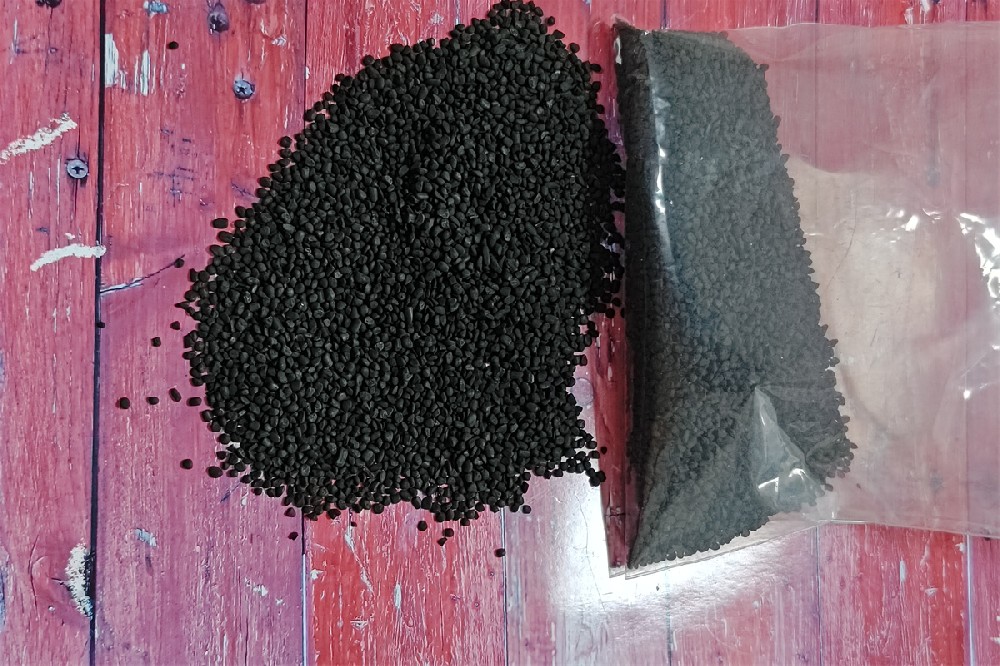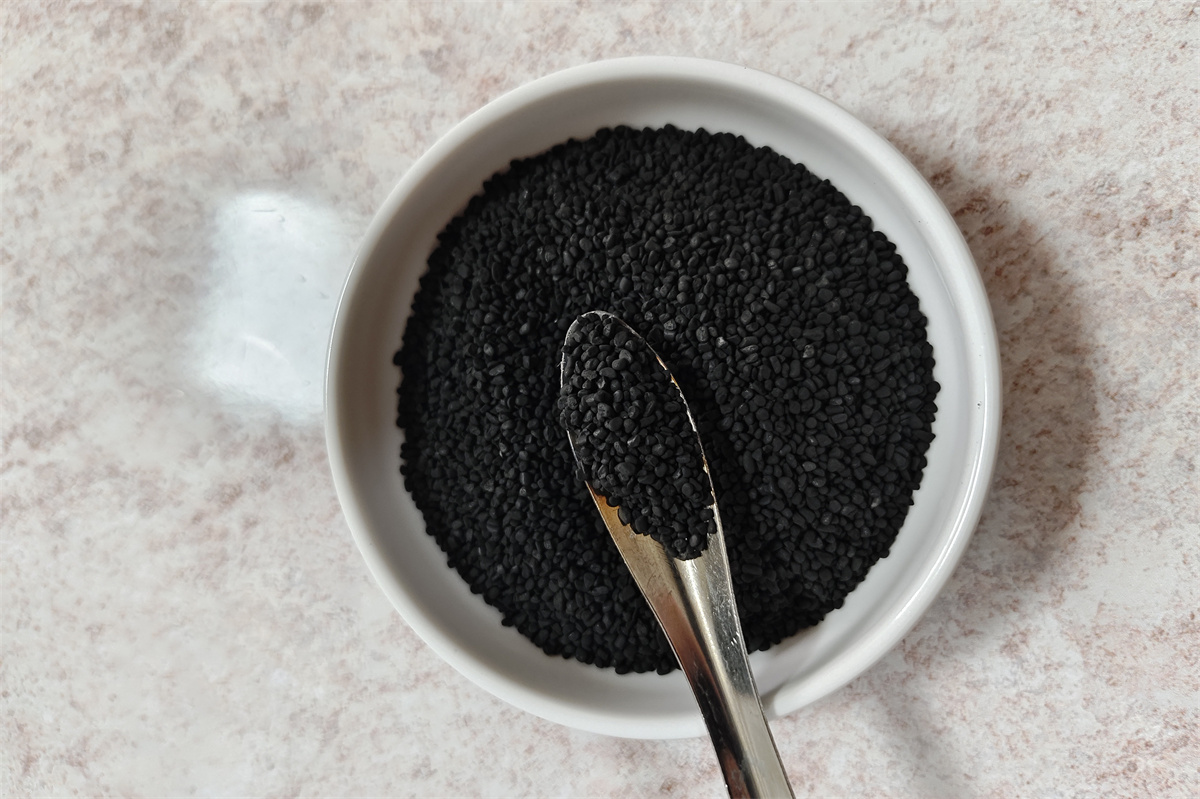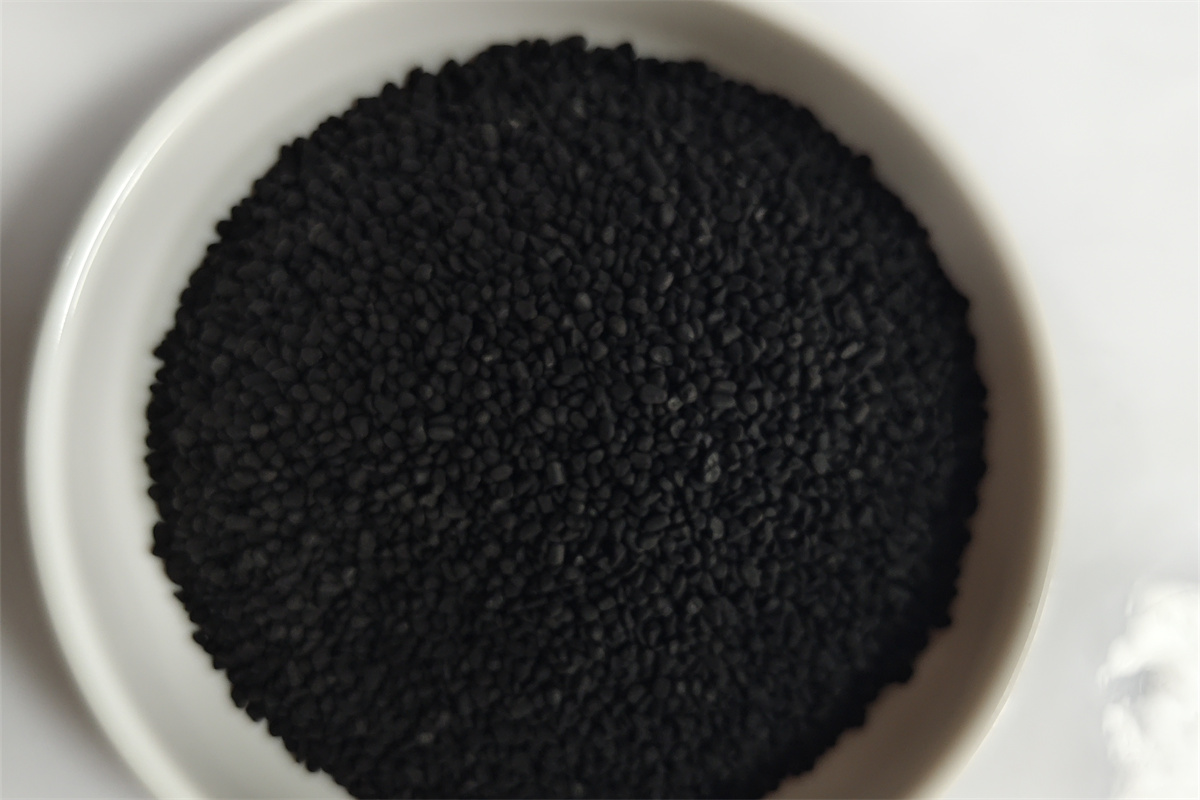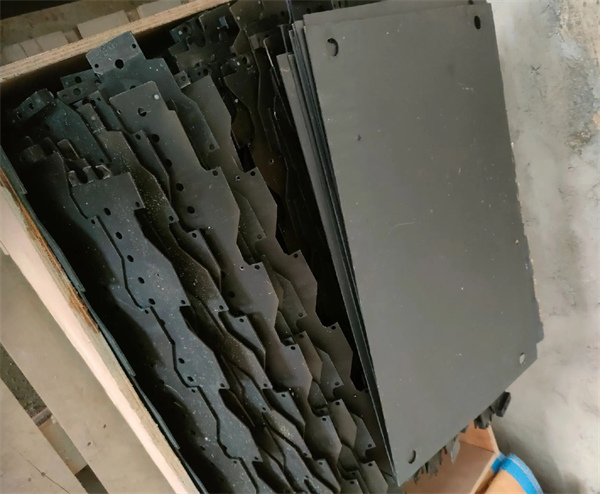Birth of Iridium Catalyst and Deep Analysis of Its Recycling Market
In the vast starry sky of the chemical industry, iridium catalysts are like a brilliant star, leading the innovation and progress of chemical production with their unique catalytic performance and wide application fields. So, how was this star born? Let's step into the production process of iridium catalyst together and uncover its mysterious veil.
The production of iridium catalysts is a carefully planned and meticulous process flow. Firstly, everything begins with ores or waste materials containing iridium. Although these raw materials contain valuable iridium elements, they are often accompanied by a large amount of impurities and associated elements. Therefore, extracting pure iridium has become the first and most critical step in the production process.

In order to extract pure iridium from complex ores or waste materials, multiple refining processes are required. These processes include but are not limited to crushing, grinding, leaching, extraction, electrolysis, etc. Each step requires strict control of process parameters to ensure that the purity of iridium meets the standards for preparing catalysts. After these tedious and delicate operations, pure iridium metal or iridium compounds were finally obtained, laying a solid foundation for the subsequent preparation of catalysts.
Next, mixing pure iridium with various carriers and additives is one of the key steps in preparing iridium catalysts. The carrier usually uses porous materials with high specific surface area and good stability, such as alumina, silica, etc. The selection of additives is based on the specific requirements of the catalytic reaction to optimize the performance of the catalyst. The mixed materials are processed through specific molding processes such as extrusion, compression molding, or compression molding to produce catalyst shapes in the form of granules, sheets, or honeycomb shapes. These catalysts with different shapes are not only easy to install and use in reactors, but also effectively increase the catalytic active area and improve catalytic efficiency.

Finally, after high-temperature activation and stabilization treatment, the iridium catalyst was successfully prepared. The high-temperature activation process aims to evenly distribute iridium elements on the carrier and form active sites, thereby possessing the ability to catalyze reactions. And stabilization treatment is aimed at enhancing the thermal and chemical stability of the catalyst, extending its service life. After these treatments, iridium catalysts not only have excellent catalytic performance, but also maintain stable catalytic activity under various harsh reaction conditions.

So, what about the recycling value of iridium catalysts? This mainly depends on its iridium content. Iridium, as a rare and precious metal, has always had a high market price. Therefore, when recycling iridium catalysts, the higher the iridium content, the higher the recycling value. In addition, factors such as the shape, size, and usage status of the catalyst can also have a certain impact on the recycling value. But overall, as long as the iridium content in the iridium catalyst reaches a certain level, its recovery value is quite considerable.






